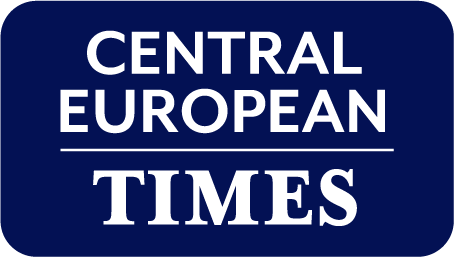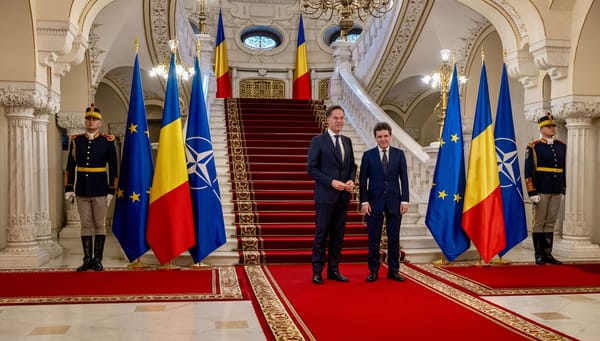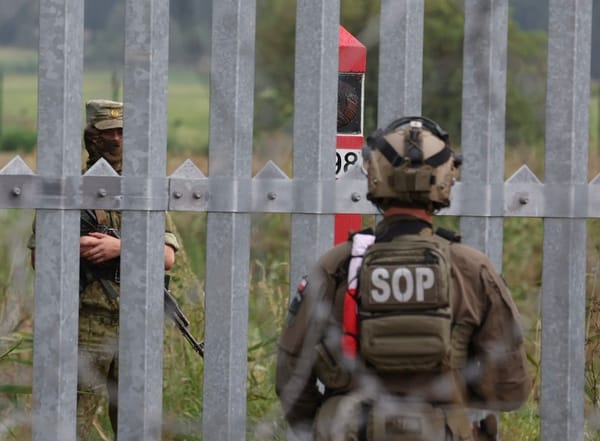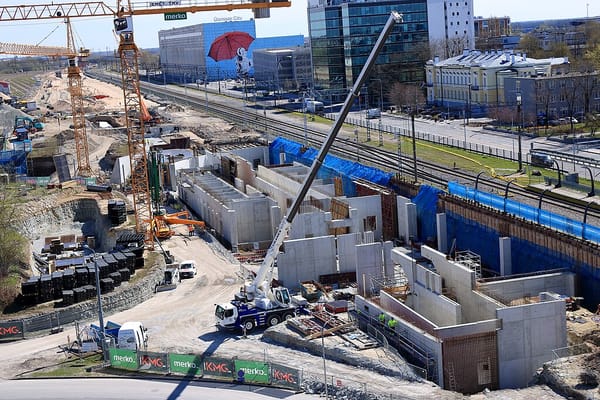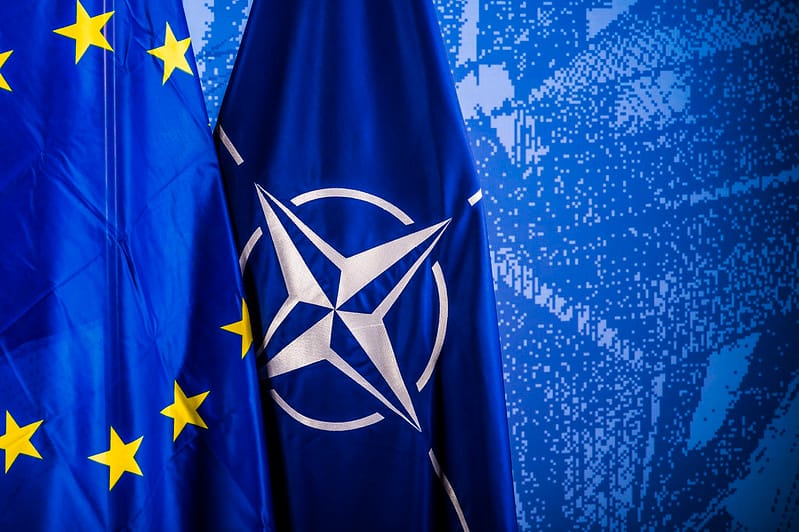
NATO allies all meet defence spending target, as CEE leads
All 32 NATO members will spend 2% of GDP on defence spending in 2025, the alliance announced on 29 August. The 2% of GDP has been the expenditure target for individual members since 2006.
CEE countries lead on spending ratios
Of all the members, three Central and Eastern Europe (CEE) countries, Poland, Lithuania and Latvia, are on track to meet a more ambitious target for 3.5% core expenditure, set at the NATO summit in June, according to data on NATO members' defence spending published by the alliance on Thursday, 28 August.
The CEE nations are the only NATO members on course to reach the new 3.5% of GDP core spending threshold. The alliance’s biggest spenders are all on the Eastern flank and neighbouring Russia, with Poland leading the pack (4.48%) ahead of Lithuania (4.0%), Latvia (3.73%), and Estonia (3.38%). The US is sixth at 3.22% of GDP.
The Associated Press reported that Germany, France and the UK will surpass 2% this year, with Germany still facing pressure to accelerate equipment procurement. Euronews noted this is the first time European NATO allies and Canada have collectively met the minimum benchmark.
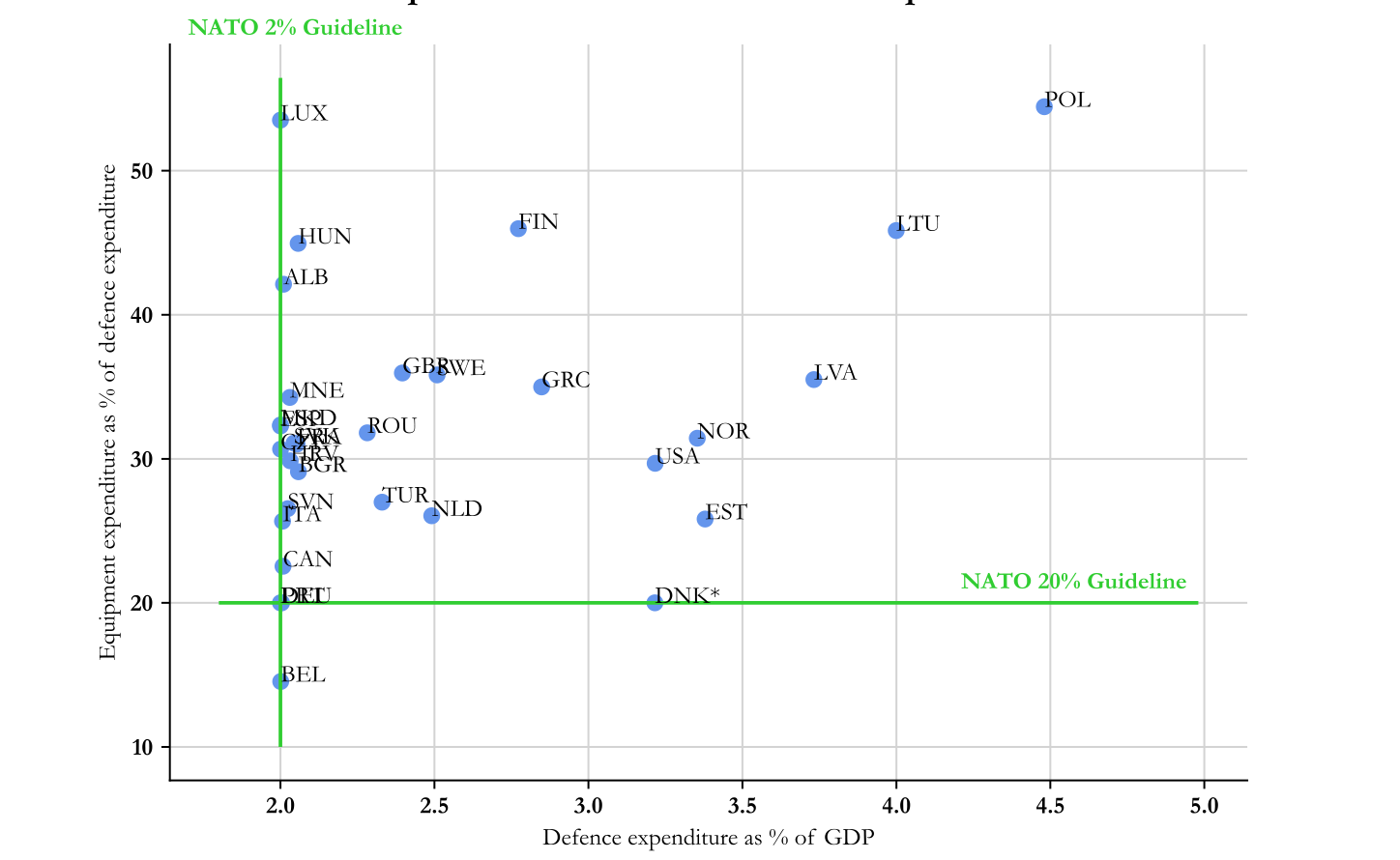
CEE pushes for higher levels
The development comes as NATO adapts to a worsening security environment following Russia’s full-scale invasion of Ukraine in 2022. CEE members have consistently pressed for higher spending, with Poland’s defence budget already exceeding 4% of GDP.
The June summit introduced a new 5% target by 2035, including 3.5% for military expenditure and 1.5% for resilience and cyber-industrial capacity.
The Lithuanian Defence Ministry said on 28 August that Lithuania would “maintain spending above 3% in line with national security needs”. The Polish Defence Ministry confirmed that Warsaw, spending around 4.1% of GDP this year, will “remain a leader in allied contributions”.
Analysts expect ongoing debate within Western European capitals over balancing fiscal constraints with alliance obligations. The next NATO summit, scheduled for Washington DC next year, will assess progress towards the 3.5% benchmark and review resilience-related funding mechanisms.
Despite the unprecedented full house of NATO members hitting 2% of GDP, up 19 of the 32 countries are expected only narrowly to meet the target, within the range of 2-2.1% GDP, the data showed.
